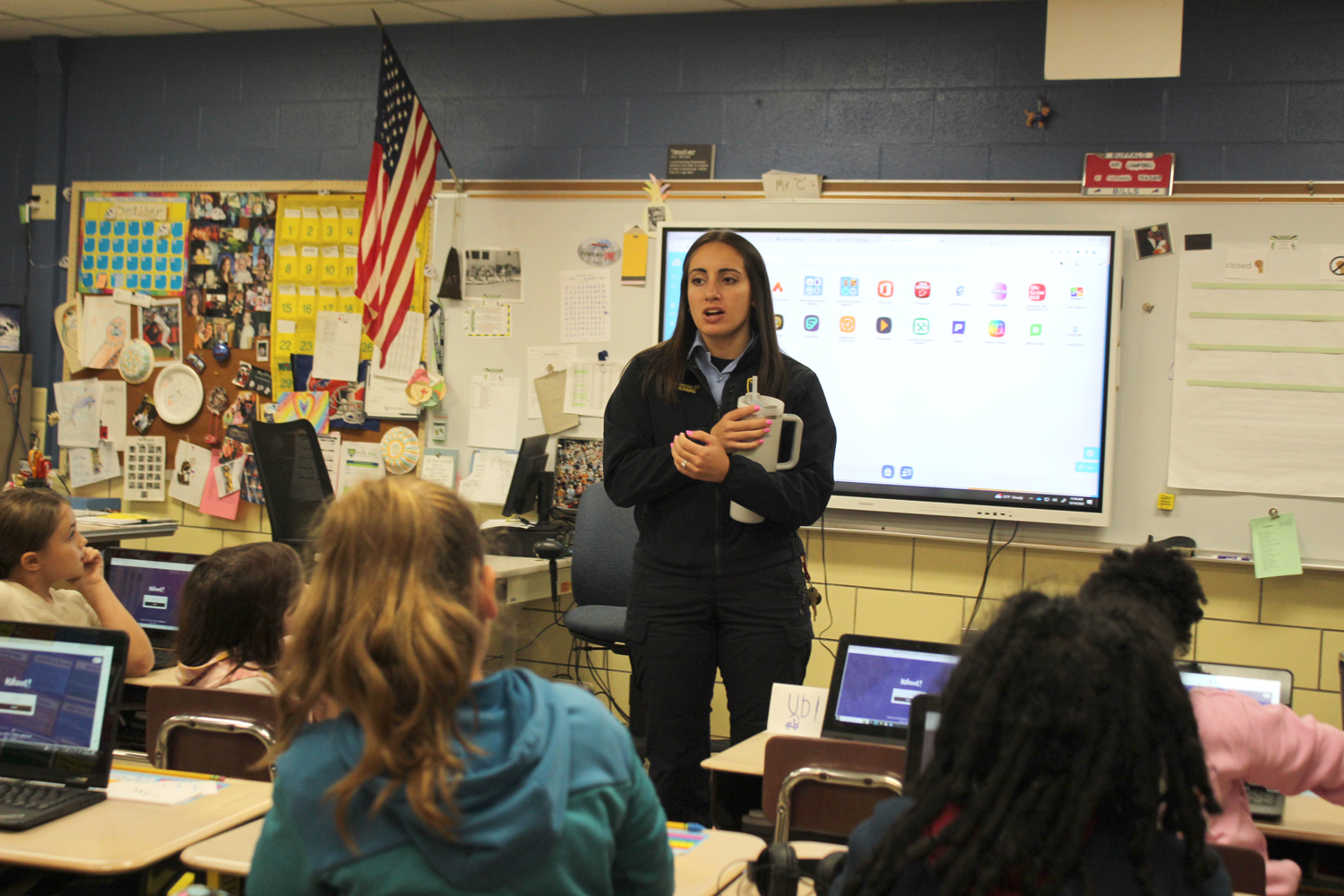Women’s History Month
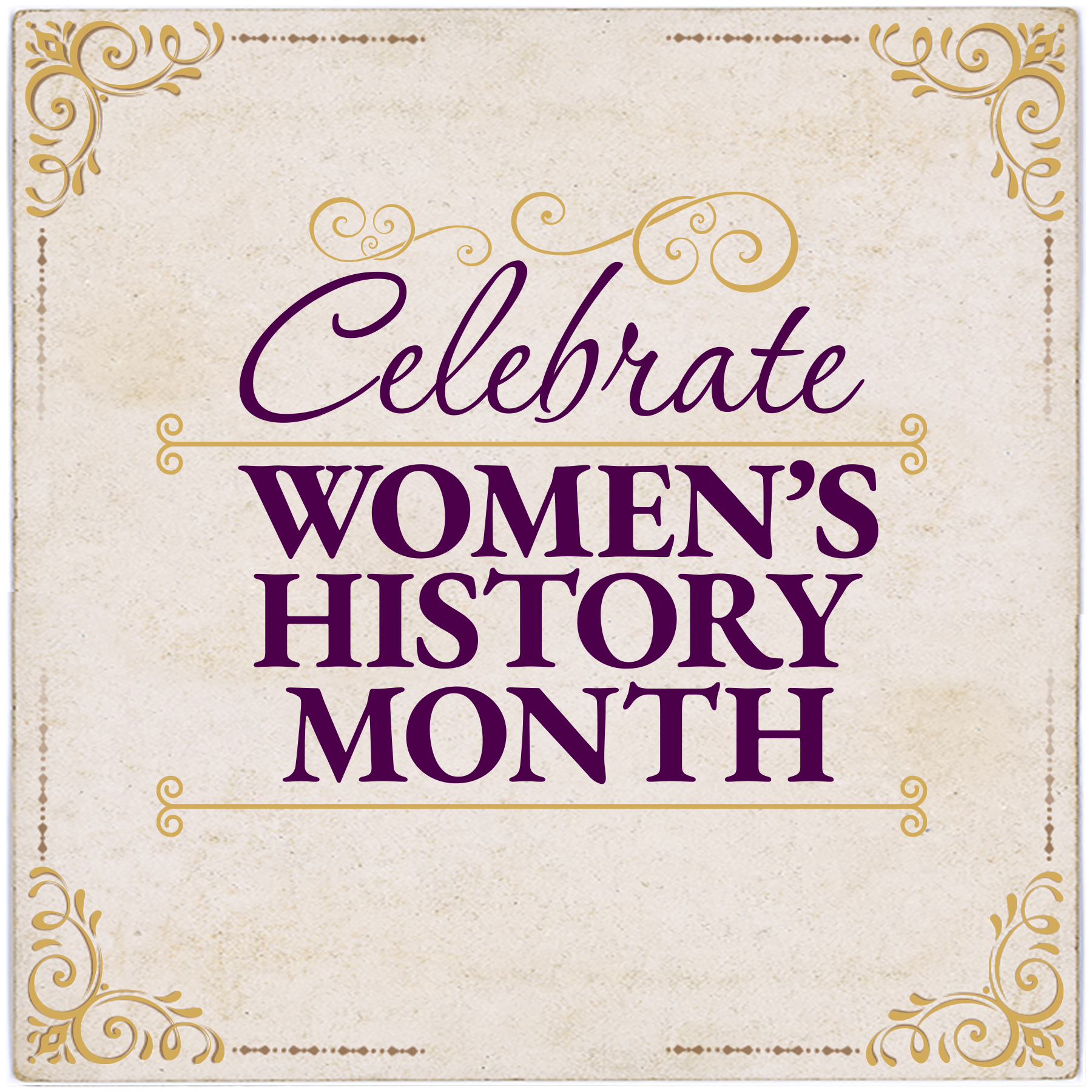
March marks many different events and occurrences: the college basketball tournament, St. Patrick’s Day, this year’s Easter, and Women’s History Month. Dating back to 1981, Women’s History Month (then Women’s History Week) celebrates the contributions that women have made over the course of American history. There are many women who have once called Rochester home and have left a lasting legacy still felt today.
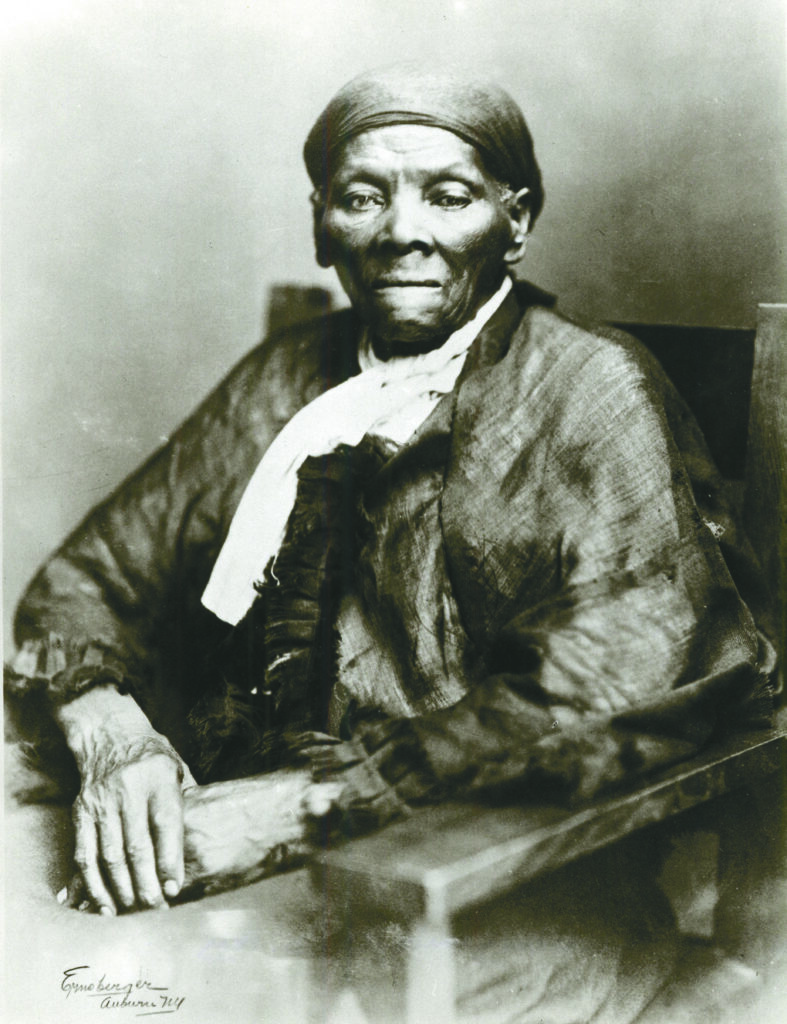
One of the Finger Lakes area’s trailblazing females is Harriet Tubman. Many people are familiar with her brave pursuits helping countless enslaved individuals escape to freedom along the Underground Railroad, but not as many people are familiar with the rest of her story. During the Civil War, Harriet Tubman became the first female to lead a major U.S. military operation when she and 150 other soldiers rescued more than 700 enslaved people in the Combahee Ferry Raid. Afterwards, she settled in Auburn, NY in the Finger Lakes region, where she spent the last 50+ years of her life. Not only an abolitionist, Harriet Tubman was also a humanitarian. Her efforts ranged from taking care of kids she brought home from the city’s children’s asylum to raising funds to start the Tubman Home for the Aged, which was among the earliest assisted living facilities for African Americans in the country.
Tubman was also actively involved in the suffragist movement, giving speeches in major cities around the country alongside women’s rights activist Susan B. Anthony. Her home on Madison Street in downtown Rochester served as the headquarters of the National American Woman Suffrage Association while she served as president. Now turned into a museum, the home’s front parlor was the scene of her famous arrest after voting in the 1872 election. Her tireless efforts – traveling the country, giving speeches, and gathering signatures on petitions – helped contribute to the 19th amendment that granted women the right to vote. Anthony was laid to rest in Mount Hope Cemetery, where her grave marker is adorned with “I Voted” stickers during elections.
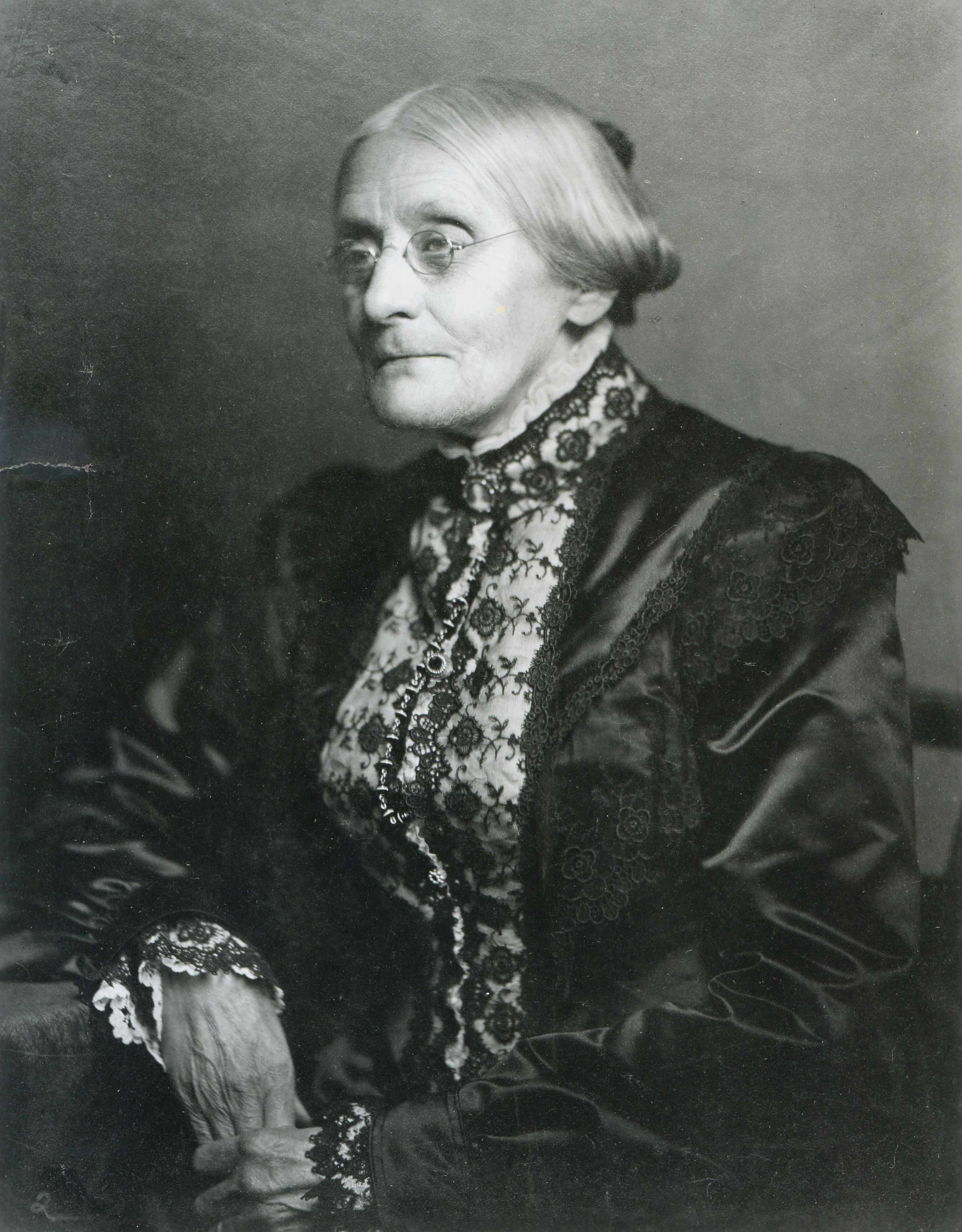
Another notable woman buried in Mount Hope Cemetery is Margaret Woodbury Strong. Throughout her life, Strong built up a large collection of items – many relating to play. As her outstanding acquisitions of toys and more than 27,000 dolls grew, she started considering her collection as a museum. When she died in her sleep at the age of 72, her collections and most of her finances were left to start a museum. The Margaret Woodbury Strong Museum, now known as The Strong National Museum of Play, opened to the public in 1982.
Antoinette Brown Blackwell, born in Henrietta in 1825, was the first woman to be ordained as a minister in the United States. Blackwell completed her early education by the age of 16 and went on to receive her literary degree from Oberlin College. Afterwards, she convinced college administration to allow her to study theology, a program that wasn’t open to women at the time. She would go on to be ordained as a Protestant minister, as well as address issues such as abolition, temperance, and women’s rights.
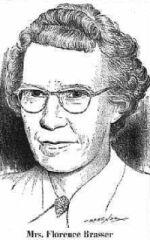
Florence Brasser was another female who respected education. She was born in Greece in 1901 before moving to Chili, where she attended grade school. Following graduation from Roberts Wesleyan College, she began teaching in the Gates Chili elementary school, when it was a one-room schoolhouse. Over the course of her 38 years teaching in the district, she left an impact on students across first, third, fourth and fifth grades. When she retired in 1955, the school was renamed Florence Brasser Elementary School. A portrait of Brasser was painted by a member of the Student Council and remains hanging in the school hallway to this day.S
Rochester City School #3 on Adams Street is one of Rochester’s oldest schools. It’s named after Dr. Alice Holloway Young, who moved to Rochester in 1952. That year, she was one of the first African American classroom teachers in the Rochester City School District. She became the only African American reading specialist in the district and the first African American Vice Principal and Principal of elementary schools. Other accomplishments include being a founding trustee of Monroe Community College and creating the Urban-Suburban Program so children could attend schools in other districts.
At the age of 38, Nellie L. McElroy was appointed to the Rochester Police Department, becoming the first policewoman in New York State and the ninth in the country. Her casework dealt with the offenses of women, and she became a mentor to the many at-risk women she encountered. McElroy believed crime could be prevented with patience and understanding, and in 1913, she created a voluntary probation option that monitored and mentored women who had committed a crime only to survive.
Also part of the Rochester Police Department, Kathryn Green Hawkins became the first African American woman appointed to the force in 1956. Less than ten years later, she rose to the level of Lieutenant and became the Department’s first African American supervisor. Hawkins served Rochester as a police offer for 25 years until her death in 1980.
All of these women – and many more – have left a mark on our corner of the world. This month, celebrate their contributions, honor their impacts, and consider how you will leave behind a legacy on our community.






